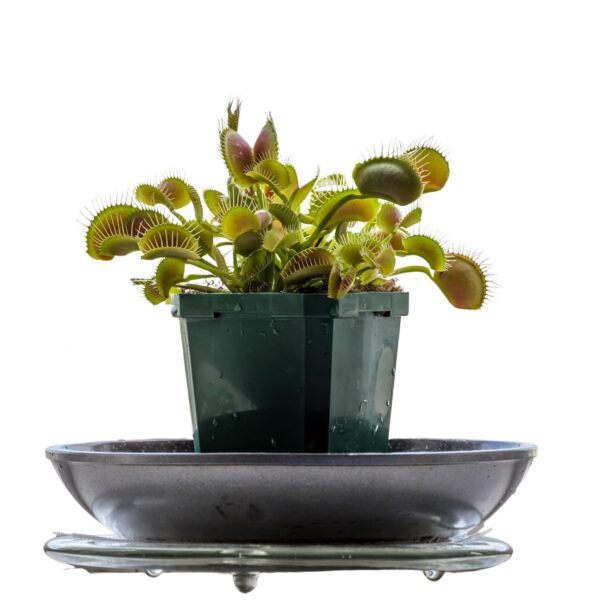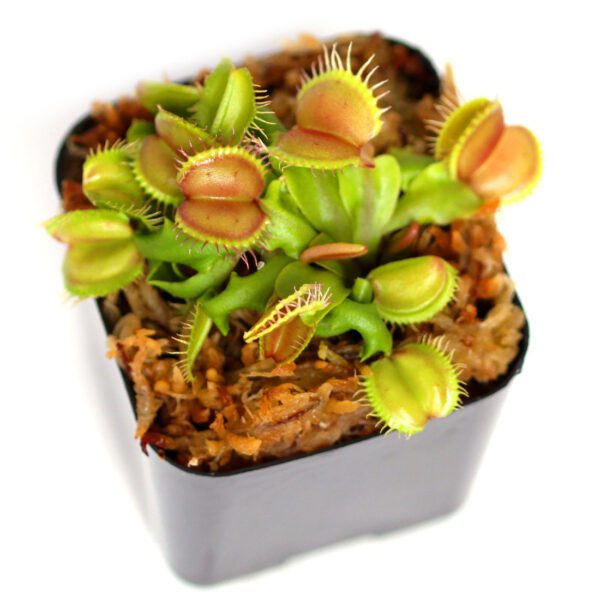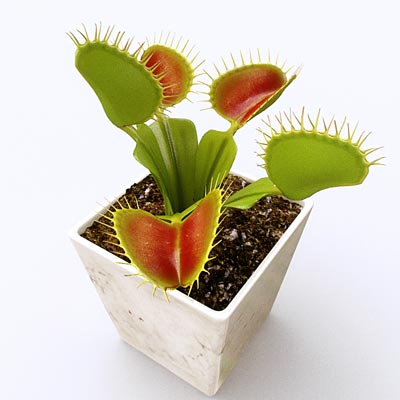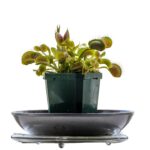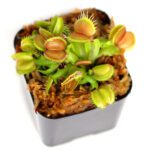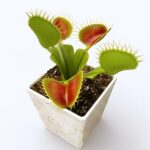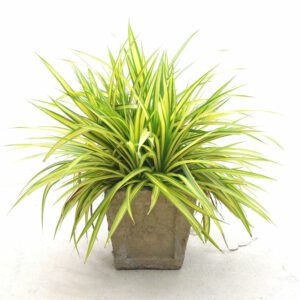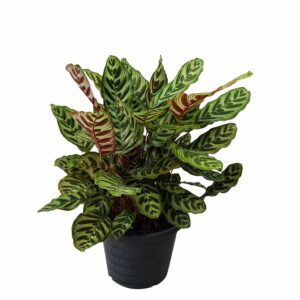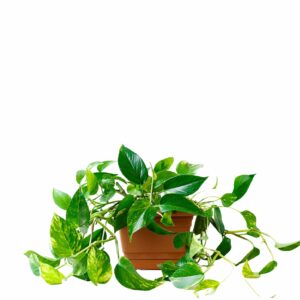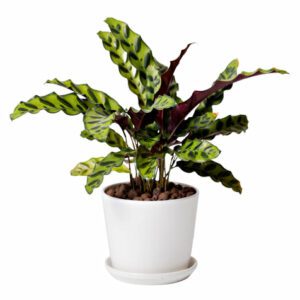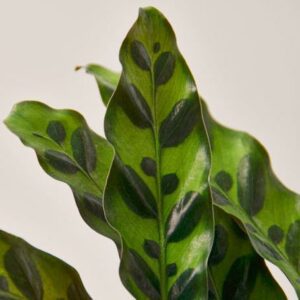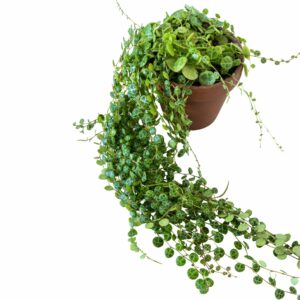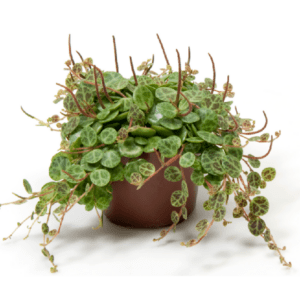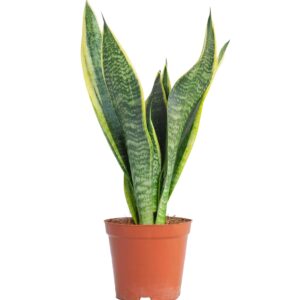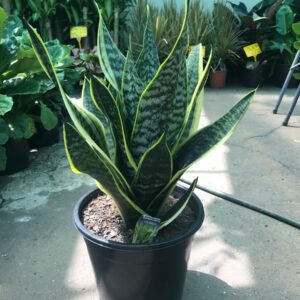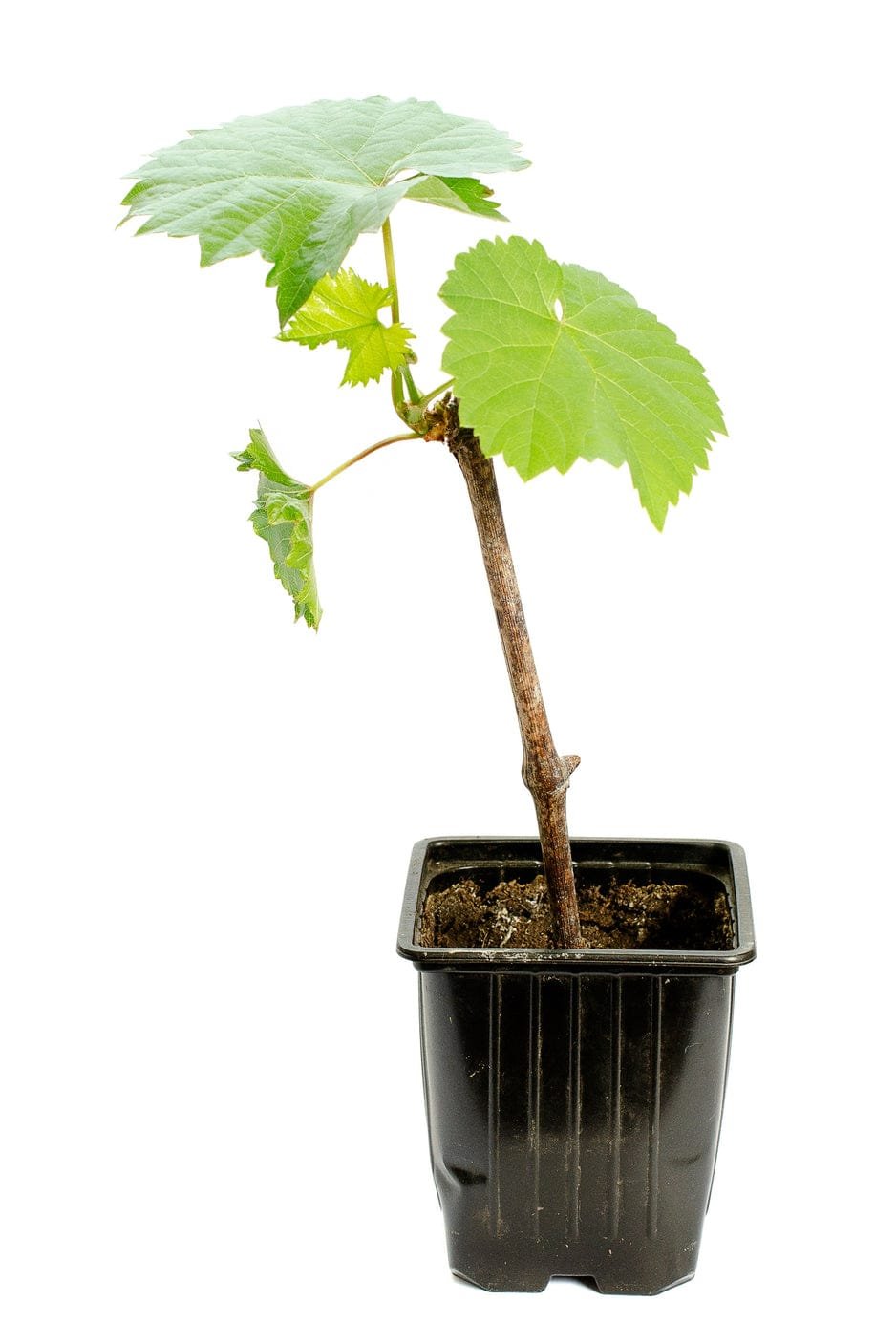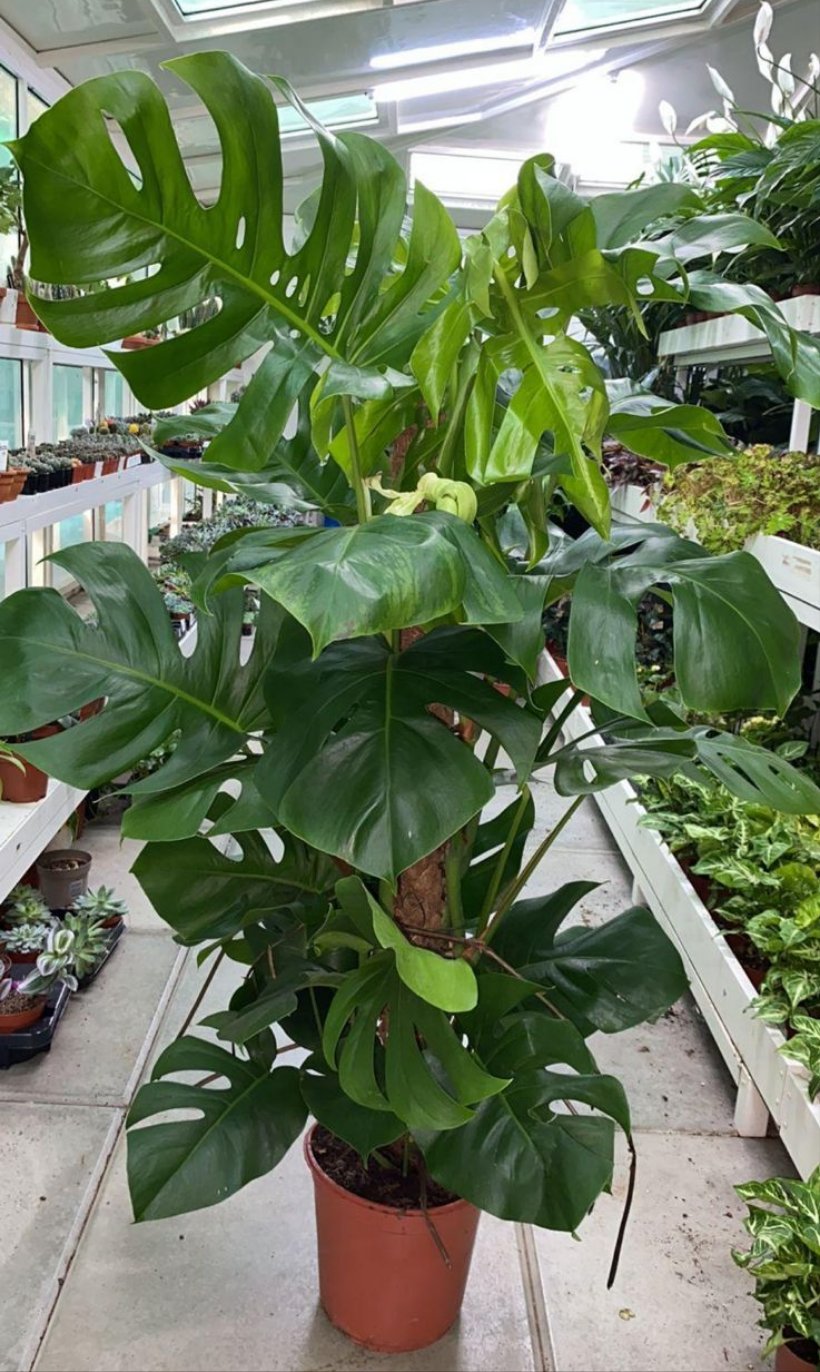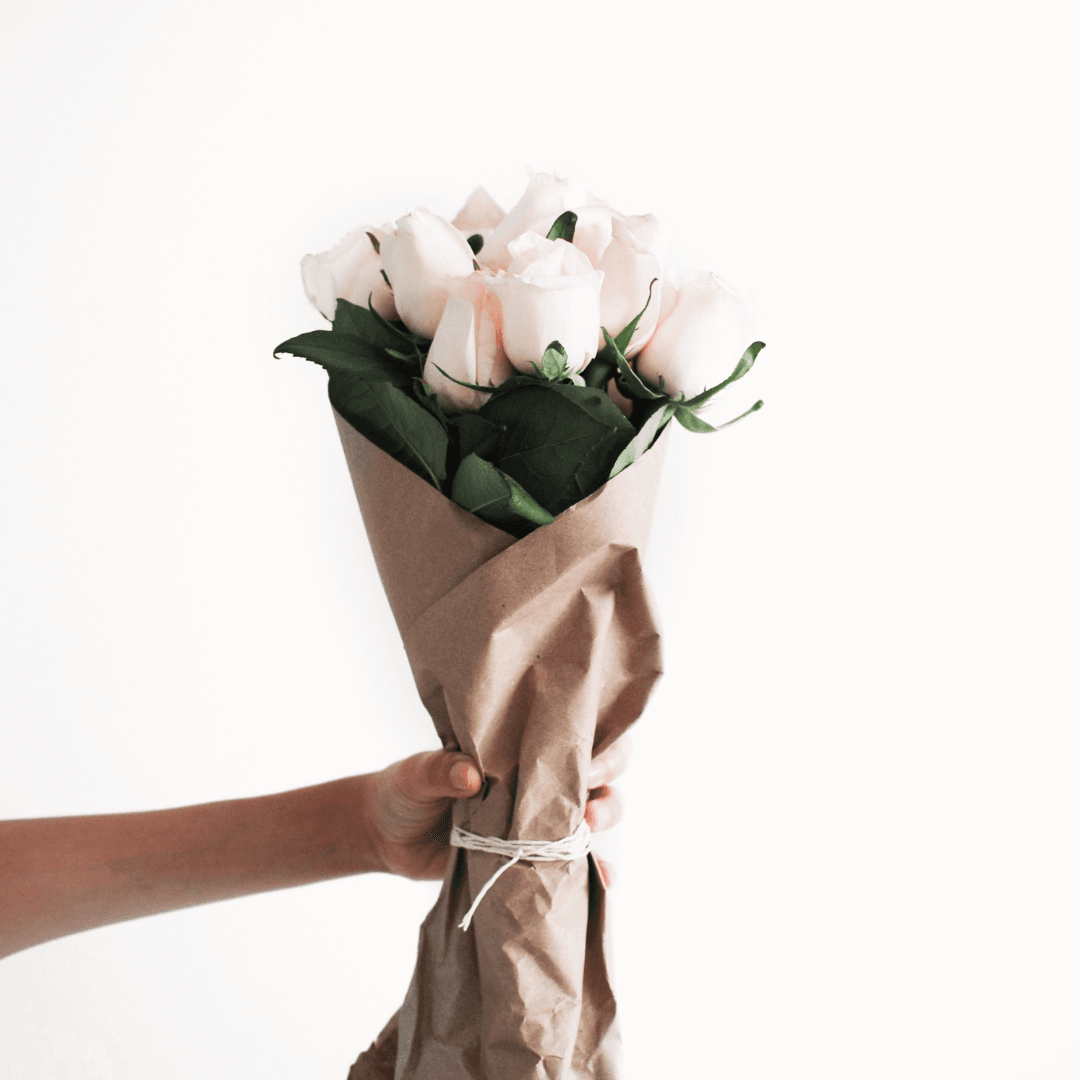Dionaea Muscipula “Venus Flytrap” Indoor Non-flowering plant
The most well-known carnivore known, the Venus Flytrap, is, for many growers – an entry point for drugs! Charles Darwin famously described the plant as “one of the most wonderful in the world,” Only those who have seen the trap’s healthy snapping shut on an insect would agree. Venus Flytraps entice their prey with sweet nectar. The trigger hair is touched twice or twice in quick succession, and then an electric charge will close the trap, the teeth interlocking to form the shape of a cage.
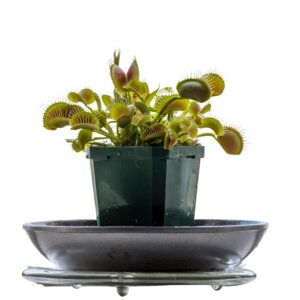
Dionaea Muscipula “Venus Flytrap” Indoor Non-flowering plant
Description
The most well-known carnivore known, the Venus Flytrap, is, for many growers – an entry point for drugs! Charles Darwin famously described the plant as “one of the most wonderful in the world,” Only those who have seen the trap’s healthy snapping shut on an insect would agree. Venus Flytraps entice their prey with sweet nectar. The trigger hair is touched twice or twice in quick succession, and then an electric charge will close the trap, the teeth interlocking to form the shape of a cage. The bug’s constant struggle can cause the trap to close, and then digestive enzymes dissolve the soft tissues of the victim. The trap can absorb this healthy soup, open again after one week, and uses the carcass to draw new guests. The Dionaea muscipula is considered one of the most beautiful plants. Growing the Venus Flytrap as a houseplant (also known under the name Dionaea Muscipula) is something that many people may have tried at one point or another. But, only a handful of us has managed to keep the plant alive for more than a couple of weeks. While they’re trendy, the primary reason they are prone to dying quickly for an inexperienced person is the absence of proper treatment. It’s not like they’re easy plants to maintain; however, with a bit of adjustment to the ways you handle and maintain a “normal” houseplant, they will undoubtedly be able to stay at home or in the office for more than a couple of months (up to thirty years) ) in actual. It develops from a bulb-like rootstock, a small collection of white flowers located at the top of an erect plant that is 20-30cm (8-12 inches) tall. The leaves measure 8-15cm (3-6 inches) long and feature blades that hinge along the midline so that two almost circular lobes with pointy teeth on their margins be folded together to enclose an insect soaring over the leaves. The action is initiated by the pressure applied to six sensitive hairs, with three on every lobe. When temperatures are normal, the lobes are closed once provoked by prey in just half a second. The leaves that have a glimmer release red sap which is digested by the insect’s body and gives the whole leaf a red-colored flower-like appearance. It takes about ten days to digest the insect, and the leaf is reopened. The trap will die after the capture of the three to four bugs.
Plant Care
- Choose a bright sunny windowsill. Insufficient sunlight will cause your flytrap’s leaves to become weak and floppy, and the insides of its traps will lack red coloration.
- During the growing season, you should stand your pots in about 1 cm of water (about ? inch) and avoid watering from the top.
- They prefer to grow in soil that is wet, but not completely waterlogged.
- 20 – 30°C
- Apply any organic fertilizer.
Additional Information
| Size | 05cm – 15cm |
|---|
Disclaimer
The image displayed is for reference only. The actual product may differ in shape, appearance, climate, age, height, and other factors. Plants will be delivered in plastic pots unless the customer explicitly selects a different pot option.
All information provided is shared in good faith. However, we make no representations or warranties of any kind, express or implied, regarding the accuracy, adequacy, validity, reliability, availability, or completeness of the information on this site.

